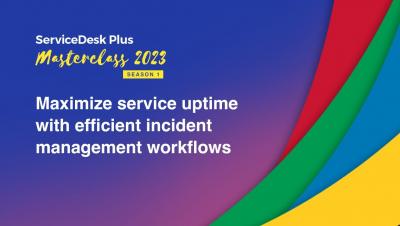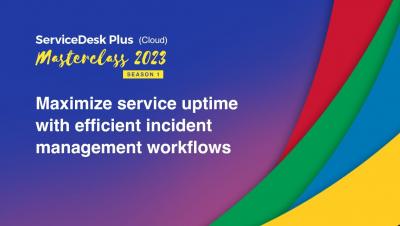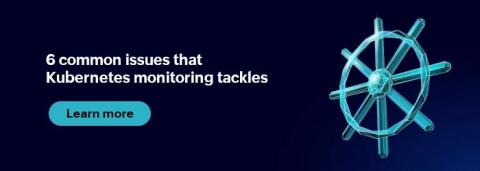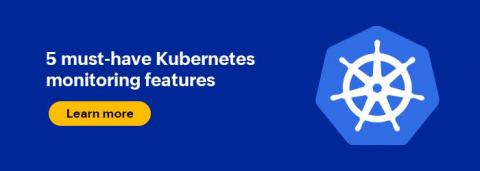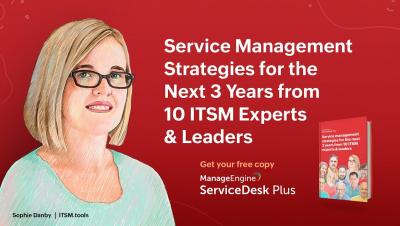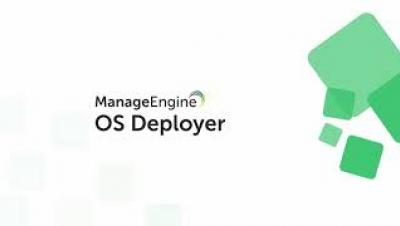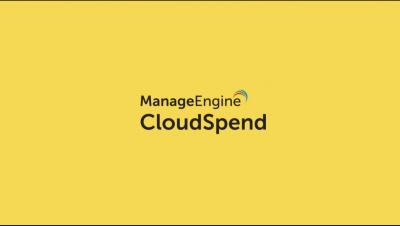Operations | Monitoring | ITSM | DevOps | Cloud
February 2023
S1E1: Maximize service uptime with efficient incident management workflows [Cloud]
6 common issues and how to tackle them with Kubernetes monitoring tools
Kubernetes, one of the most popular container management systems, automates the work necessary for deploying and scaling a containerized application by managing a large number of interdependent microservices. Additionally, it allows for the migration and deployment of containerized applications across different platforms in a multi-cloud environment.
Everything you need to know about hardware monitoring!
Today’s hybrid network environments have a balance of both distributed networks and implementations of modern technology. But they are not short of one core component: servers. Maintaining server availability and health has always been a necessity when it comes to network management. Preserving network uptime comes down to monitoring and managing the factors contributing to network downtime. One such factor that has a high potential to cause performance anomalies is hardware.
5 key functions you need for your Kubernetes monitoring tool
As an open-source container management system, the Kubernetes (commonly referred to as K8s) platform’s constant growth warrants an intricate cluster network, making it challenging to gain system-wide visibility. Even a tiny disruption within the network could collapse the entire operation, resulting in the failure of dependent applications. Businesses that rely on such containerized applications may experience a huge impact in revenue.
6 new features coming to ManageEngine CloudSpend in 2023
CloudSpend: Cloud cost management With the rising popularity of a hybrid cloud strategy, businesses need to keep their spending in check. To provide high availability for its data, more organizations have started to adopt a multi-cloud strategy, and they have choices for cloud platforms. AWS and Azure accounted for the lion’s share of the market in 2022. With their expertise in providing IaaS, this has also often resulted in disparate deployments with respect to cost estimation and control.
Our customers have spoken!
Australian Community Media optimizes network performance with ManageEngine NetFlow Analyzer
Free ITSM e-book: Service management strategies from 10 ITSM experts and leaders | Sophie Danby
Streamline user lifecycle management with ADManager Plus' orchestration
Orchestration in an IT environment refers to the coordinated management of workflows, applications, and systems, with the primary goal to optimize business performance by streamlining processes. Using orchestration, IT administrators can automate, from a single console, a series of tasks to run at a defined time or interval. This includes automating IT tasks like provisioning of user accounts, as well as managing databases, incidents, applications, and cloud resources.


